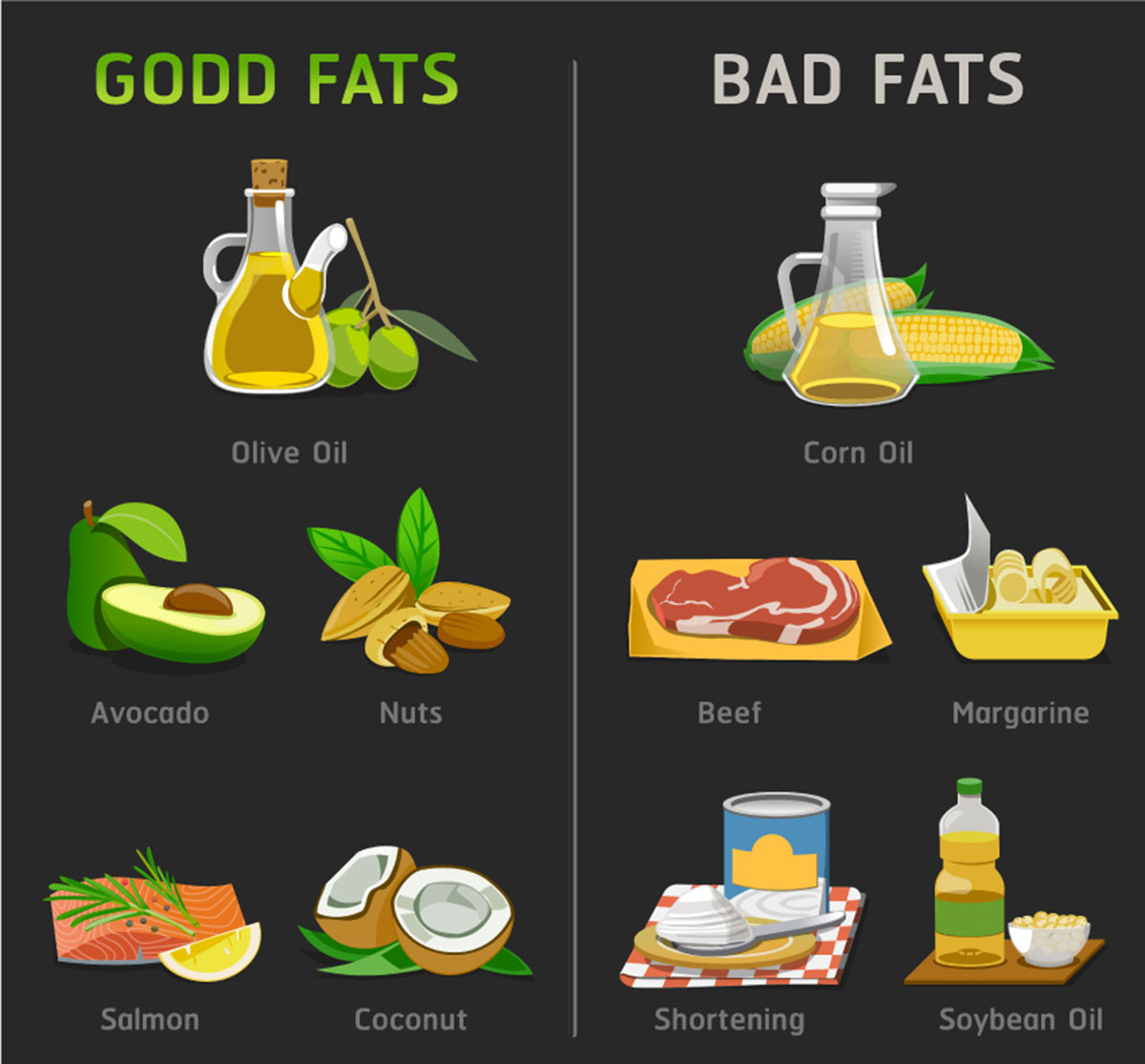Endometriosis, in which the tissues that are supposed to line the uterus also proliferate in other areas of the reproductive system, can't be cured as of yet. That means treatment plans focus on management — with medications, hormone therapy, and surgery being the main options. While endometriosis patients explore what lifestyle changes they may be able to make to help manage their condition and reduce their symptoms, they might feel called to experiment with dietary alterations.
Though currently only based on small-scale research and anecdotal "evidence", it is possible that eliminating specific foods from your diet can lead to symptom reduction. The reasoning behind this is that some foods increase inflammation while others influence your levels of estrogen and prostaglandin.
Cut back on processed foods and trans fats
Cutting back on industrially processed and fast foods is great for anyone's health — we all know that they're usually packed with sugar and unhealthy fats, while they lack the nutrients you need to be truly healthy.
Trans fats, in particular, are bad news. They're not the naturally-occurring fats that we actually benefit from, but are instead industrially created to increase the durability and spreadability of the foods we consume. Eating a lot of them will send your bad (LDL) cholesterol through the roof while decreasing your HDL cholesterol, the one you do want. Not only do we all know this is detrimental to heart health, it also increases a woman's risk of developing endometriosis.

You know what you need to stay away from:
- Chips
- Pastries
- Fried fast foods
- Candy
Less red meat
Studies have linked the consumption of large amounts of red meat to an increased risk of a lot of diseases — diabetes, coronary heart disease, stroke, and cancer, among others. Red meat is, therefore, another dietary staple that almost everyone would benefit from cutting down. Endometriosis patients are no exception, as research also specifically shows that eating lots of meat increases your risk of developing the condition. Cutting down can help reduce inflammation, meanwhile, and it can also lower estrogen levels, which may ease your symptoms. Fish, rich in omega-3 fatty acids, is a much healthier option, along with fresh veggies and whole grains, of course.
Say no to FODMAPs
You what? Yes, you read that right — FODMAPs. It's an acronym that stands for "Fermentable Oligo-, Di-, Mono-saccharides And Polyols", and it refers to difficult-to-digest short-chain carbs. Because these foods are so poorly digested, they tend to cause gas, abdominal bloating and pain for a lot of people.
Go gluten free
Eating a gluten-free diet has become somewhat of hype in recent times, and you should be aware that this kind of diet isn't usually advised to people who don't suffer from either celiac or gluten sensitivity, partially because going gluten free makes it harder to get all the nutrients and fiber you need. Endometriosis patients may be an exception to this rule, because a small study did indicate that three quarters of women with severe endometriosis experienced less pain after they had been gluten free for a year.
Go easy on the booze and coffee
Your doctor might advise you to limit your consumption of alcohol and caffeinated beverages, including coffee. This is because booze adds to the inflammation you're already dealing with, while both caffeine and alcohol are associated with higher estrogen levels, which play a large role in endometriosis. Drinking larger amounts of caffeine may just increase a woman's risk of developing endometriosis, as well, but research has led to contradictory results.
Ban dairy, or limit yourself to A2 casein
Dairy foods, and dairy foods that have A1 casein to be more precise, have consistently been demonstrated to play a role in creating an inflammatory response. This, in turn, increases your endometriosis symptoms. The reality of the industrial production of dairy means that most of the dairy foods you consume will be laden with antibiotics and growth hormones, both of which are bad news.
- Photo courtesy of SteadyHealth.com


Your thoughts on this